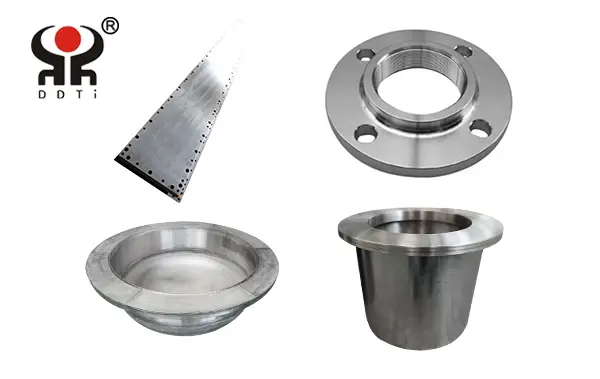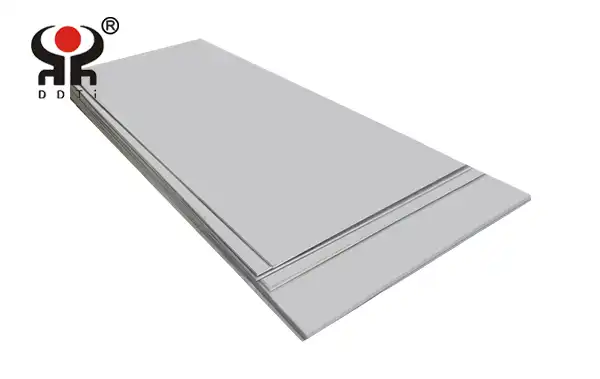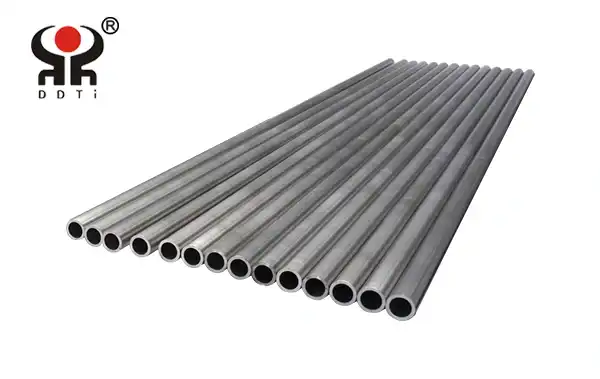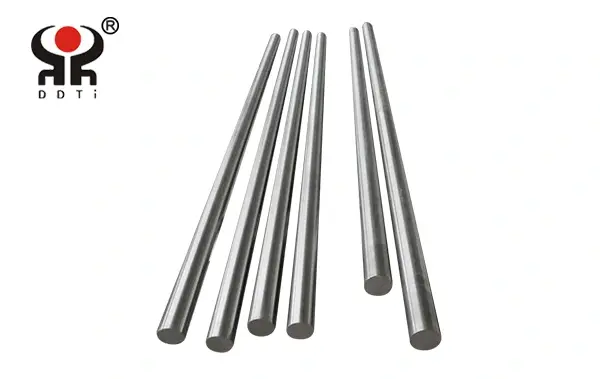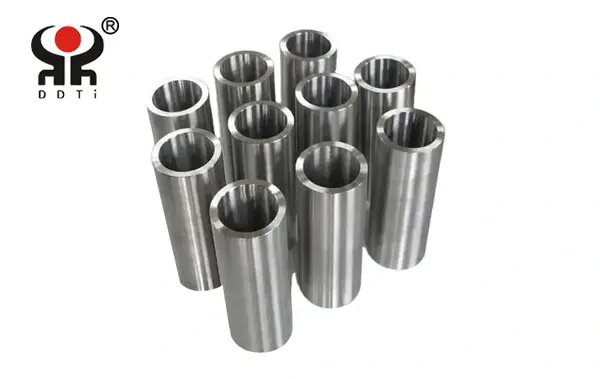Study on the influence mechanism of different annealing structures on dynamic impact properties of TC4 titanium alloy
2025-04-17 15:53:40
I. The "Genetic Code" of TC4 Titanium Alloy
As a classic α+β titanium alloy, the "genetic advantage" of Ti-6Al-4V (TC4) stems from the perfect ratio of aluminum and vanadium. The 6% Al element enhances the alloy's strength like a steel frame, while the 4% V element improves its toughness like elastic fibers. This two-phase structure exhibits a delicate balance at room temperature: the α phase (HCP structure) provides strength support, while the β phase (BCC structure) endows it with deformability. The two phases work together to construct a unique energy spectrum that combines rigidity and flexibility.
Ii. The "Forging Rules" of Annealing Process
The art of phase transformation through temperature control: Within the annealing temperature range of 750-950℃, TC4 is performing a delicate phase transformation drama. When the temperature rises to near the β -phase transition point (approximately 995℃), the primary α phase begins to "melt" into the β phase region. At this point, rapid cooling can "freeze" the high-temperature structure. Experimental data show that after annealing at 950 ° C and water cooling, the β phase content can reach 35%, while annealing at 750 ° C only retains 12% of the β phase (Data source: Materials Characterization, 2020).
2. Spatio-temporal game of cooling rate
Furnace cooling (< 10℃/min) : The β phase decomposes calmly into large lamellar α (> 5μm), forming a typical Widenfeld structure
Air cooling (50-100℃/min) : Medium-speed cooling promotes the interweaving of fine needle-like α phase (1-3μm) with the residual β phase
Water cooling (> 200℃/min) : Instantaneous "rapid freezing" generates metastable β phase and martensitic α' (< 0.5μm)
Iii. "Battlefield Record" of Dynamic Impact Performance
It was found through the Hopkinson compression rod test (strain rate 10³-10⁴ s⁻¹) that:
The furnace cooling structure - the large α phase of the tough shield layer forms a "labyrinth-like" crack-resistant network, with a crack propagation energy as high as 85J/cm². However, an overly large α phase (> 8μm) can lead to local stress concentration and cause early failure.
2. Air-cooled structure - The 2-3μm fine needle α and β phases of the balanced armor form a "brick-concrete structure", achieving the best balance between strength (compressive strength 1350MPa) and toughness (crack propagation work 72J/cm²), and the dynamic compression curve shows typical two-stage strengthening characteristics.
3. Water-cooled structure - The α' phase of the rigid armor martensite brings the highest hardness (HV 405), but the brittle phase boundary causes the impact energy to drop sharply to 45J/cm². During high-speed deformation, adiabatic shear bands are prone to occur, and a large number of microcrack initiations along the β phase boundary have been found in the microstructure.
Iv. "Smart Choice" in Engineering Applications
In components such as aero engine blades that are subject to high-frequency impacts, air cooling treatment (α+β dual-state structure) is recommended. Its dynamic yield strength can reach 1250MPa, while maintaining a fracture strain of 8%. For scenarios such as artificial joints that require wear and corrosion resistance, the equiaxed α structure (grain size grade 9) treated by furnace cooling combined with 12%β phase residue can provide the optimal fatigue-impact comprehensive performance.
The latest research finds (Nature Materials, 2023) that constructing a continuous transition structure from the surface nano-α phase (< 100nm) to the micrometer-scale β phase in the core within TC4 through the gradient annealing process can increase the dynamic impact energy absorption efficiency by 40%. This "bionic armor" structure mimics the shell structure of crustaceans, pointing the way for the design of a new generation of impact-resistant titanium alloys.
Conclusion: In the exquisite world of microstructure, every adjustment of the annealing process is a reprogramming of the material's properties. By mastering the phase transformation code of TC4 titanium alloy, we can "customize" exclusive impact protection armor for different application scenarios, allowing this magical metal to continue writing performance legends under extreme working conditions.
Baoji Dingding Titanium Products Co., Ltd. has been committed to the production of high-quality titanium alloy materials. Welcome to consult: 3412107@bjddt.com.

